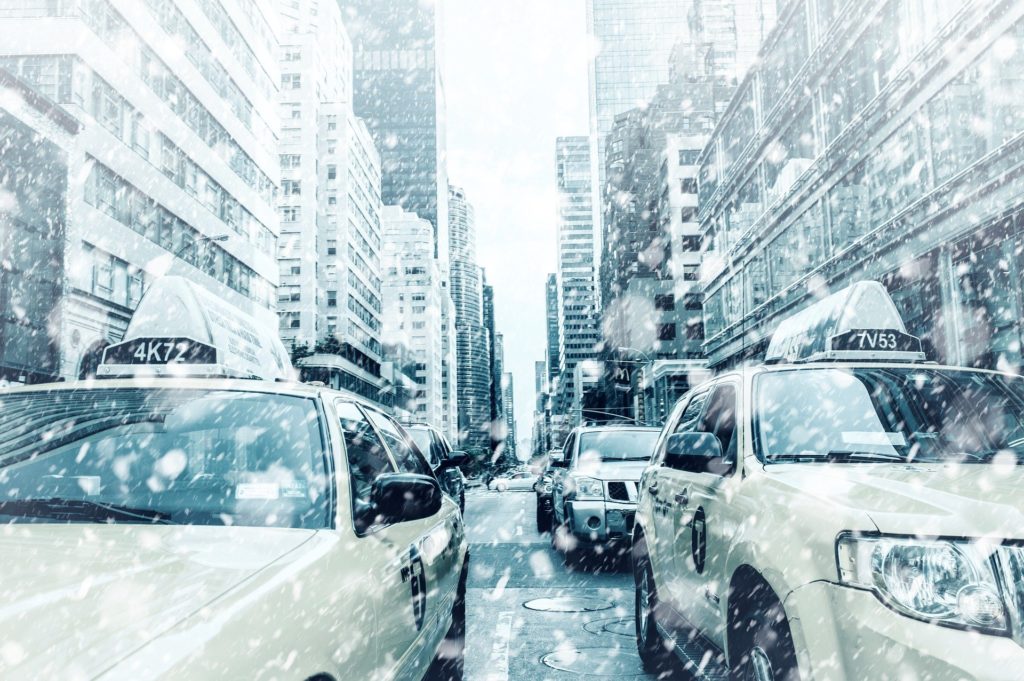Even in the beginning of the winter, before the worst of the cold sets in, there are several actions you can take to minimize any disruption to your elevator traffic.
Keep an eye on the temperature
Your top priority should be to keep the engine room properly heated – minimally in the range of 50 to 70 degrees Fahrenheit – and to eliminate any leakage into the space of outside cold air. If your elevators run on a hydraulic system, it’s crucial to ensure that the temperature of the hydraulic oil does not drop to a point where it impacts system performance. In a worst-case scenario, cold temperatures can cause the hydraulic oil to congeal. Solidified oil can trigger anything from erratic leveling of the elevator car to a complete system failure. For peace of mind, some building managers choose to install a tank heater in the oil reservoir to maintain an oil temperature of 85-95 degrees, which is considered optimal for peak performance.
Another important check-point in cold conditions is to proactively ensure that the steel rails are properly lubricated, to prevent any squeaky noises and possible disruption of operation if a problem develops during peak usage periods.
Clear halls, floors, and doors
To avoid problems with elevator doors opening and closing, it’s a good idea to maintain a regular regimen for keeping both the car- and hall-side door tracks clear of debris all year round. The winter season, however, calls for increased vigilance since tracks can very quickly become clogged with packed snow, ice, salt, mud, and pine needles from holiday trees. Over and above professional maintenance, you may want to consider doing your own intermediate touch-ups such as thoroughly vacuuming out the door tracks, using paint brushes to help loosen and remove common track obstructions, and – for more stubborn obstructions – a stiff nylon brush.
Stay safe during winter floods
In milder weather conditions, winter storms can bring severe flooding – which in turn can cause major issues for your elevator traffic. Here’s what to consider when expecting the worst.
Prior to an anticipated storm
- Check the condition of the pits to make sure that sump pumps are not clogged and permitting ice and snow to accumulate. Further, it is vital to never operate the pumps in the presence of such buildup as this can cause freezing of the trolleys and substantial damage to the travelling cables.
- Check the function and charge of the battery backup to ensure the operation of emergency lowering during storm-related electrical outages
- Barricade the motor room to prevent, as completely as possible, entry by a substantial volume of water
- Close hoistway vents and openings to keep water out of the shaft
During flood conditions
- Move the cars to the top floors, shut down the system and power, and ascertain that there are no remaining building occupants dependent on the elevators to evacuate.
Download your winter checklist
To ensure you are ready for any challenges the winter season might bring for the elevators in your building, we have created a handy checklist for you to download. Simply print and use this list to stay on top of potential issues and keep traffic running smoothly all winter long.
Want to talk about your elevator service needs?
Call our friendly team on (347)-592-1555.
